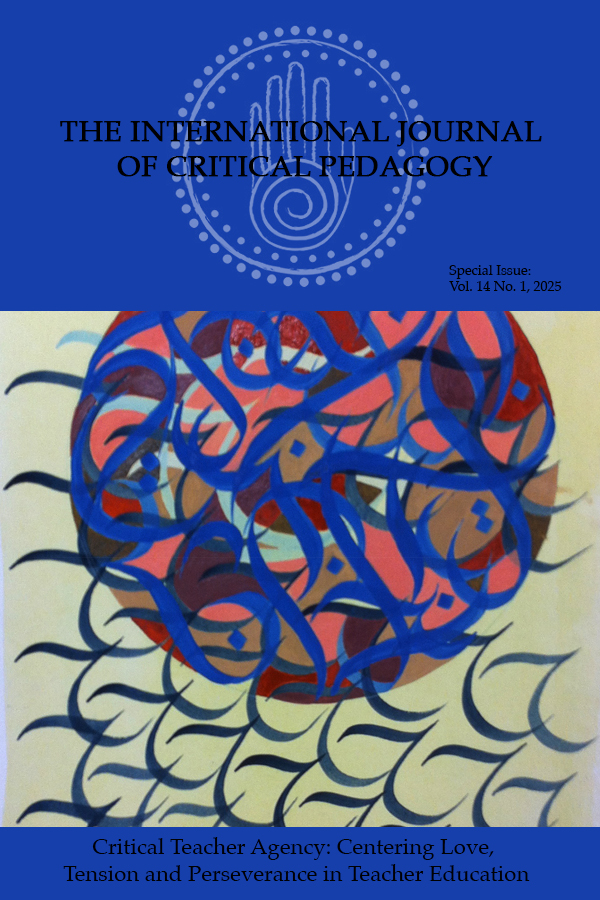Abstract
@font-face { font-family: "Times New Roman"; }p.MsoNormal, li.MsoNormal, div.MsoNormal { margin: 0in 0in 0.0001pt; font-size: 12pt; font-family: "Times New Roman"; }table.MsoNormalTable { font-size: 10pt; font-family: "Times New Roman"; }div.Section1 { page: Section1; }
Watching television or surfing the internet, one cannot avoid seeing an ad campaigns that claims to empower women. The 1990s had their share of sporadic empowerment ads, most notably Nike’s, “If You Let Me Play” campaign, which hoped to benefit from an increasing number of females participating in sports (Luca, 2000). Today, one of the most prominent is Dove’s “Campaign for Real Beauty,” launched in 2004 (“Campaign for real beauty mission”, 2008). This is of particular interest because Dove’s campaign contributes to and is a product of beauty and self-esteem discourses centered around women’s bodies. These discourses are prevalent in other advertisements by companies such as The Body Shop and Bath & Body Works, and reality television shows, such as TLC’s “What Not to Wear” and “Queer Eye.”
Scholars have looked at the relationship between media and constructions of femininity, beauty, female subjectivity (Ringrose & Walkerdin, 2008; Weber, 2009; Lucas, 2000). Melissa Milkie (2002), for example, has examined how “femininity-defining cultural institutions operate to create and sustain gender stratification.” Jennifer Millard (2009), moreover, has offered an analysis of the Dove campaign itself. She uses social semiotics to interpret how a group of sixteen “real” women in rural Canada make meaning from the ads. My analysis takes a different approach. I wish to examine how female subjectivity is being constructed in these ads. What type of female subject does Dove imagine and seek to produce? Even the viewer with basic media literacy would be immediately suspicious of the campaign’s altruism. This paper, however, aims to understand how Dove seems able to construct a female subject that is supposedly “liberated” and “real,” yet at the same time also neatly produces female consumer subjects. This campaign explicitly suggests that it is providing an opportunity for females to create a different feminine consciousness by offering them a chance to challenge beauty norms. Dove implicitly claims to provide women a counter-narrative that challenges U.S. beauty standards, standards that emphasize thinness, blemish-free skin, and a narrowly defined femininity. Their ads maintain they tell a different story about what girls and women look like. They assert that they employ “real” women as their models, instead of “professionals.” Thus, by offering supposed “alternative” images, educational forums, and educational materials, the Dove ads and website claim to teach girls and women; they allege to offer a pedagogical space and to be a pedagogue.
Dove claims to love women and girls and to teach them how to love themselves. Dove’s own explicit claims to teach media literacy and challenge oppressive social norms through love invite a Freirian critique. Therefore, Freirian insight serves as a tool to critically examine Dove’s pedagogical methods and expose the ways they construct neo-liberal, post-feminist subjects that lack radical agency. Finally, this paper offers a reflection on some of the difficulties of a Freirian pedagogy in the context of 21st century U.S. consumer capitalism.
How to Cite:
Powell, M., (2015) “Freirian Pedagogy in the Post-feminist Age: Reading the Pedagogy of Dove’s “Campaign For Real Beauty—, International Journal of Critical Pedagogy 6(1).
Downloads:
Download PDF
View PDF

